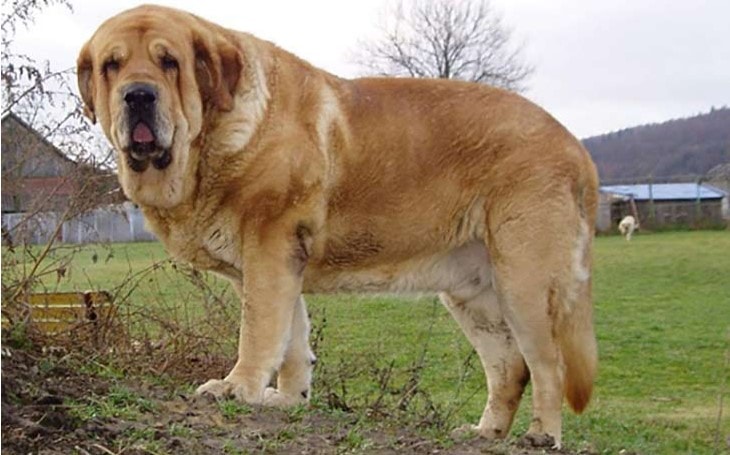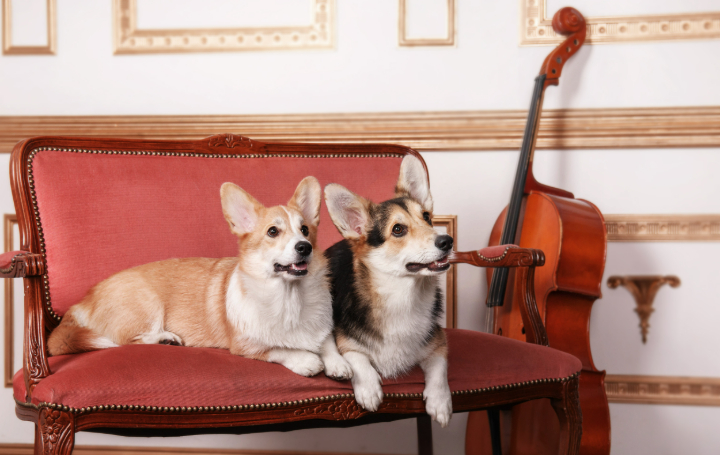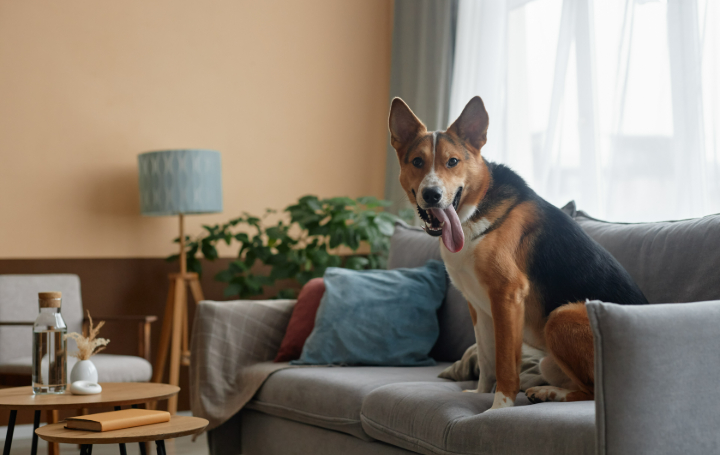Spanish Mastiff Dog Breed Information
| Country of Origin | Spain |
| Nicknames and Other Names | Mastin Espanol Mastín español de campo y trabajo Mastín Leonés Mastín ganadero Mastín Extremeño |
| Scientific Name | Canis lupus familiaris |
| Breed Type | Purebred |
| Group | Guardian Dog |
| Bred For | Guarding livestock |
| Size | Lage-sized |
| Recognized By | AKC, UKC, FCI |
| Life Span | 10-12 years |
| Ideal Weight | Male: 185-220 pounds Female: 145-170 pounds |
| Ideal Height | 28-35 inches (male and female |
| Fur Type | Short, dense, heavy |
| Common Colors | Black, Wolfgray, Yellow, Red, Fawn |
| Markings | Brindle marking, White markings |
| Availability | Moderately available |
| Achievements | None |
| Suitable for Apartments | No |
| Used in World War | No |
| Most Similar To | Neapollitan Mastiff |
Spanish Mastiff is a very intelligent dog breed well known for their size, with weight around 200 pounds. They are very protective of their master and family members.
They are giant size dog breed originally bred for guarding livestock, they are very calm except around people they don’t know.
Origin And History Of Spanish Mastiff
The Spanish Mastiff is an ancient breed. It has first appeared on the Iberian Peninsula over 2000 years ago. They were mostly represented by the Greeks and Phoenicians before the Roman invasion.
Dogs of this breed
This large breed was employed as a herding dog in Europe, where he used to transport and protect the Merino livestock. According to a report, In 1526 around 3.5 million Merino sheep were migrated with at least 1 mastiff for every 100 sheep.
Are They Child-Friendly?
Yes, Spanish Mastiff is suitable for children and they seem to be more playful, energetic and affectionate around children. These dogs are generally very tolerant and patient with children of all age.
However, being so giant in size they can unintentionally hurt a young child, especially young Spanish Mastiff tries to play rough therefore supervision is needed when interacting with children.
Temperament, Personality And Behavior
The temperaments of Spanish Mastiff Are protective, active, loyal and serious. They are truly affectionate canines who tend to bond quickly with its family member and if a situation occurs they will protect its family risking its own life.
Spanish Mastiff tends to be lazy at times, though they are quite agile and quick. They are easy going with children and other pets if raised together but should be supervised around dogs they don’t know.

Image Via AKC
The Spanish Mastiff has a giant and bold personality, because of the large size they are not suited for apartment living. These dogs are somewhat inactive when indoors, so at least a large yard is required for their daily exercise.
Dogs of this breed are very quick and alert, they always watch around their territory even if it seems like they aren’t. This giant breed requires a lot of socialization from their early age onwards otherwise they turn to be stubborn when adult.
Trainability
Training a Spanish Mastiff can be challenging and they require an experienced trainer who can establish a leadership. They do not respond well to harsh training, but training with exciting treats and praise can easily make them enjoy training
Spanish Mastiff needs training throughout their life to ensure that they
Facts
- The Spanish Mastiff has been assigned the Working Group Designation.
- The word Mastiff descends from the Latin word ” Mansuetus” which means gentle, mild and tame.
- They are the Mastin Espanol in its native Spain.
Health Issues
| General Health | Healthy |
| Common Health Issues | Bloat, Heart Problems, Hip Dysplasia, Cancer, Hypothyroidism, Obesity, Entropion |
| Hypoallergenic | No |
| Vaccination Required | Kennel Cough, Rabies, Canine Coronavirus, Canine Parainfluenza, Leptospirosis, Canine Parvovirus, Canine Distemper, |
| Shedding | Moderate Shedder |
| Drooling | Quite a Lot Drooler |
| Grooming | Easy and Minimal Grooming Required |
| Weight Gain Potential | High |
| Separation Anxiety | Moderate Chance |
| Allergies | Skin Allergies |
| Diets and Supplements | Protein: 30% Fat: 12% Digestive Enzymes Glucosamine Omega-3 and 6 Fatty Acids |
As with other large breeds, the Spanish Mastiff is prone to a number of health disorders:
- Hip Dysplasia: It mostly occurs in large dogs, it occurs when the hip joint doesn’t grow in the right way.
- Elbow Dysplasia: A common disease caused by growth disturbance in the elbow joint.
Color
The Spanish Mastiffs are found six in color patterns:
- Brindle
- Fawn
- Black
- Wolf-sable
- Red
- Yellow
Puppies

Image Via 101 DogBreeds
The Spanish Mastiff dogs give birth up to 3-6 puppies at a time. The average price of a Spanish Mastiff puppy is $600-$800.
Which Dogs Are They Similar To?
Dogs simiar to Spanish Mastiff are:
- Neapolitan Mastiff
- Pyrenean Mastiff
- Tibetan Mastiff
- Dogue de Bordeaux
- Bull Mastiff
Visit Doglime For More Dog Breed Information.
Tags










